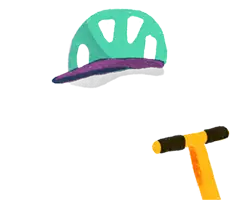Part 2Functions, powers, and duties of participants in the civil aviation system
25Powers of entry of Corporation
Subject to subsection (3), Airways Corporation of New Zealand Limited may—
- enter upon any land for the purpose of gaining access to cables, wires, navigational aids, or other equipment used for the purpose of carrying out the functions of the Corporation, being equipment installed before 1 January 1988; and
- perform any act or operation necessary for the purpose of inspecting, maintaining, or repairing any such equipment.
A certificate under the seal of the Corporation containing a statement that any equipment of a kind referred to in subsection (1) was installed before 1 January 1988 shall be admissible in evidence in any proceedings and shall, in the absence of proof to the contrary, constitute proof of that statement.
The power to enter upon land conferred by subsection (1) shall be subject to the following conditions:
- entry to the land shall be made only by an officer, employee, or agent of the Corporation authorised by it in writing, or by persons under the immediate control of such an officer, employee, or agent:
- reasonable notice of the intention to enter shall be given, and the provisions of Part 10 of Te Ture Whenua Maori Act 1993 shall apply in respect of notices served in the circumstances set out in that Part of that Act:
- entry shall be made at reasonable times:
- the officer, employee, or agent shall have with him or her, and shall produce on initial entry and subsequently if required to do so, evidence of his or her identity and authority.
Subsection (3) shall not apply where the entry is necessary in circumstances of probable danger to life or property.
Any equipment owned by the Corporation that is fixed to or installed over or under the land and is not owned by the Corporation shall be deemed to be lawfully fixed or installed and shall continue to be fixed or installed until the Corporation otherwise decides, and no person other than the Corporation shall have any interest in any such equipment by reason only of having an interest in the land.
Notes
- Section 25(3)(b): amended, on , pursuant to section 362(2) of Te Ture Whenua Maori Act 1993 (1993 No 4).


